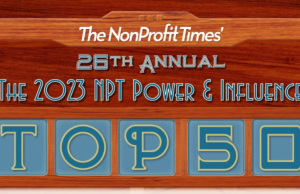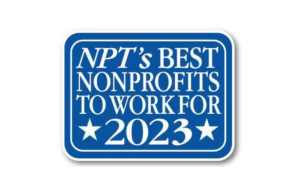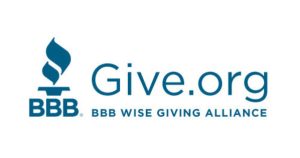Community foundations continue to have more interest in responsive investing and are looking to increase exposure in private investments while decreasing exposure to hedge funds and fixed income, according to a new survey.
The FEG 2021 Community Foundation Survey, released on Thursday, received responses from more than 100 U.S. community foundations, which represent more than $30 billion in assets under advisement.
Interest and investment in responsive investing has been increasing since 2017 and for the first time, more than half of survey respondents have responsive investing strategies in their portfolios. Asset classes under consideration have been relatively consistent over the years but 38% are looking to increase exposure to private investments, while decreasing exposure to hedge funds (26%) and global fixed income (19%). Foundations have an average of 18 investment managers in their primary pool, but this varies greatly depending on foundation asset size.
Community foundations placed an increased emphasis on considering hiring diverse management and marked the first year that all respondents had adopted “responsive investing” strategies within their portfolios. A majority of respondents defined diverse managers as those having more than 50% composition of ownership and/or portfolio managers described as women or persons of color (POC). The top challenges with investing in diverse managers were identified as defining a diverse manager and having resources or solutions.
“Though many foundations are still evolving their own definition of diverse managers, we continue to see organizations prioritize diversity not just in ownerships and leadership, but also in portfolio managers and managers’ own investment in diversity, equity, and inclusion,” said Quincy Brown, senior vice president and director of client service at FEG.
Spending has declined since the survey’s inception in 2015, with the rate holding steady at about 4.4%. This year was the first time that no respondent had a greater spending rate than 5%, with few community foundations looking to change in the next year.
“In a year where many community foundations acted quickly to create relief funds that helped serve the needs of their local communities during the COVID-19 pandemic, our survey provides foundations with a valuable tool for understanding how peers have responded to the current environment,” said Jeff Weisker, senior vice president at FEG. “This year’s survey not only provides community foundations with insights into asset allocation and performance, but also examines enterprise trends including how organizations are incorporating both ESG and Responsive Investing strategies as well as allocations to diverse managers,” he said.
The survey is open to all community foundations and was completed primarily by senior-level investment decision makers. FEG received 110 responses across 35 states, representing about $30 billion in assets.
Headquartered in Cincinnati, Ohio, with offices in Dallas, Texas, and Indianapolis, Ind., FEG Investment Advisors first issued its community foundation survey in 2015 to clients with the explicit goal of providing a peer comparison for spending policy and asset location.
For more information about FEG’s community foundation survey, visit https://www.feg.com/studies/community-foundation-survey












